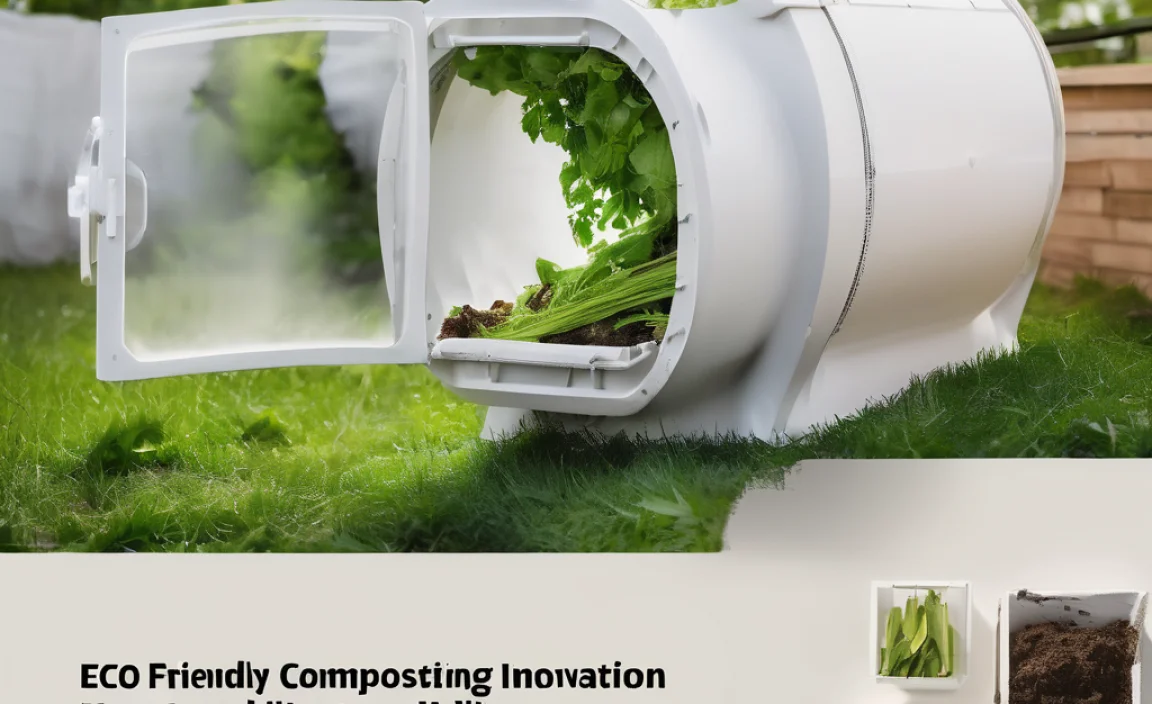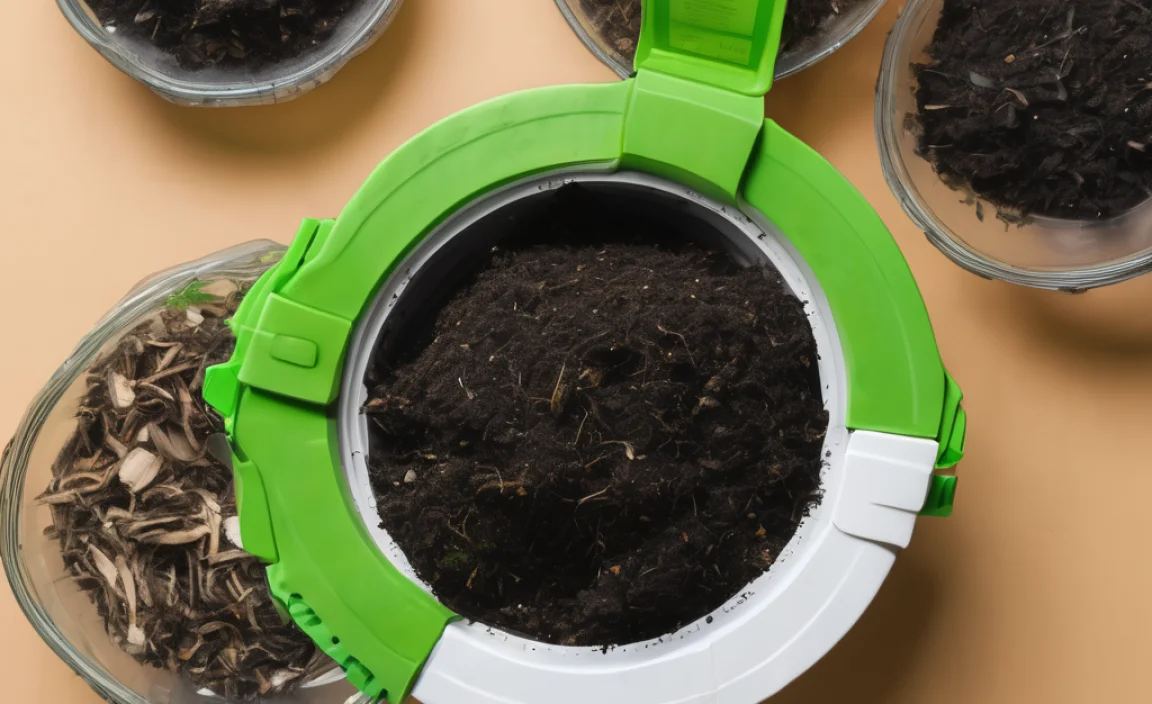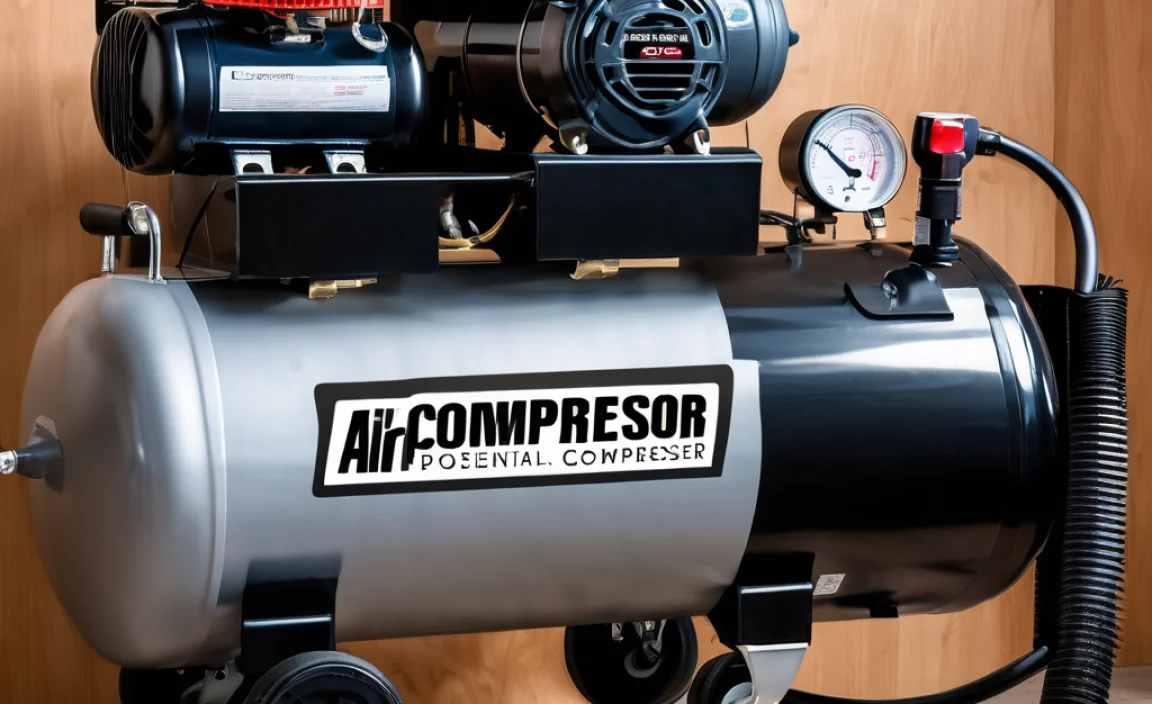Have you ever thought about turning food scraps into something useful? The lasagna composting process might surprise you! Unlike the pasta dish, this method layers organic waste to create rich soil. It’s a simple and fun way to recycle kitchen scraps.
By using the lasagna composting process, you can help the earth. It’s easy, and anyone can do it. Imagine turning old banana peels into beautiful flowers! Keep reading to learn how to transform waste into a garden helper.
Key Takeaways
- Lasagna composting layers kitchen scraps to enrich soil.
- Easy, fun way to recycle and help the planet.
- No turning required; less effort than other methods.
- Reduces food waste and landfill impact.
- Great for beginners and seasoned gardeners alike.
What is Lasagna Composting?
The lasagna composting process is a no-dig method of making compost. It involves layering organic materials like leaves and food scraps. It’s called “lasagna” because of the different layers, just like the pasta dish. This method is easy to set up and maintain.
- Uses brown and green materials.
- Layers break down over time.
- No turning required.
- Can be done in a bin or on the ground.
- Great for small spaces.
The layers in lasagna composting create a rich, dark soil called humus. This humus helps plants grow big and strong. The process takes a few months, but the results are worth it. You can use the compost in your garden to help flowers and vegetables thrive.
Fun Fact or Stats : Lasagna composting can reduce household waste by up to 30%!
Layering in Lasagna Composting
Have you ever built a sandwich with layers of ingredients? Lasagna composting works the same way. You start with “brown” materials, like leaves or cardboard. Next, add a “green” layer, such as kitchen scraps or grass clippings. Keep alternating brown and green layers.
Why use layers? Each layer serves a purpose. Brown materials provide carbon, while green materials give nitrogen. Microorganisms break down these layers, turning waste into compost. It’s like a tiny factory inside your compost bin!
Brown and Green Materials
Do you know which materials work best in lasagna composting? Brown materials include dried leaves, straw, and shredded paper. These materials are easy to find in fall. Green materials are things like fruit peels, vegetable scraps, and coffee grounds.
Using the right mix of brown and green materials is important. It helps the compost break down faster. You need more brown than green to keep things balanced. This mix prevents bad smells and helps make rich compost.
No Turning Needed
Isn’t it great when you can skip a step? With lasagna composting, you don’t have to turn the pile. The layers do the work for you. This makes it easier than other composting methods that require turning.
How does it work? The weight of the layers compresses the materials. This keeps the compost moist and helps it break down. Air still flows through the pile, feeding the microorganisms that work inside. Less effort for you, more benefits for your garden!
How to Start a Lasagna Compost Pile
Ready to start your own lasagna composting process? First, find a spot in your yard. It should be sunny and have good drainage. This will help the compost break down better. You can use a compost bin or build a pile directly on the ground.
- Choose a sunny, well-drained spot.
- Start with a layer of brown materials.
- Add a layer of green materials.
- Keep layering until the pile is 3 feet tall.
- Water the pile to keep it moist.
Once your layers are set, let nature do its job. Check the pile occasionally to make sure it’s moist. In a few months, you’ll have rich compost for your garden. It’s a win-win for you and the earth!
Fun Fact or Stats : Composting can divert over 700 pounds of waste per household each year!
Choosing the Right Spot
Have you ever wondered why some plants grow better in certain spots? Choosing the right spot for your lasagna compost pile is important too. Look for a place that gets at least six hours of sun a day. This will help the pile stay warm and break down faster.
Good drainage is also key. You don’t want your compost pile to become waterlogged. Water can slow down the decomposition process. Check that the ground is not too soggy before starting your pile.
Layering the Pile
Imagine building a tower of blocks. Each layer makes the tower taller. In lasagna composting, each layer helps break down materials. Start with a brown layer, then a green one. Keep alternating until your pile is about three feet tall.
Water the pile to keep it moist. This helps the microorganisms break down the materials. A well-layered pile will turn into rich compost in no time.
Maintaining Your Compost Pile
Do you like checking on things you’ve built? It’s important to care for your compost pile too. Check it every week to make sure it’s moist. Add water if it seems dry, just like watering a plant.
Over time, the pile will shrink as materials break down. You can add new layers to keep it going. In a few weeks, you may see steam coming from the pile. This is a good sign that your compost is working!
Benefits of Lasagna Composting
The lasagna composting process offers many benefits. It’s simple and requires less effort than other methods. Since there’s no need to turn the pile, it’s perfect for busy gardeners. It helps reduce household waste and creates nutrient-rich soil.
- Saves time and effort compared to other methods.
- Reduces waste going to landfills.
- Creates nutrient-rich compost for gardens.
- Encourages recycling of organic materials.
- Great for both beginners and expert gardeners.
By using lasagna composting, you’re helping the earth and your garden. The rich humus produced enriches soil and supports plant growth. It’s a natural way to recycle food scraps and yard waste.
Fun Fact or Stats : Lasagna composting can improve soil health by up to 60%!
Saving Time and Effort
Have you ever wished for more time to do things you love? Lasagna composting can help with that. It requires less maintenance than other composting methods. You don’t have to turn the pile, saving you time and effort.
By simply layering materials, you create a compost pile that works on its own. It’s a perfect solution for busy people who want to help the environment.
Reducing Waste
Do you know how much waste your family creates each day? Lasagna composting helps reduce this waste. Instead of throwing away food scraps, you can turn them into compost. This cuts down on trash and helps the planet.
By composting, you also reduce the amount of waste in landfills. This is important for the health of our environment. Less waste means less pollution and a cleaner planet for everyone.
Creating Rich Compost
Imagine turning banana peels and old leaves into something useful. That’s what happens with lasagna composting. This method creates rich, dark compost full of nutrients. Your plants will love it!
Rich compost improves soil quality and helps plants grow strong. It’s like giving your garden a big boost of vitamins and minerals. Plus, it’s free and easy to make at home.
Challenges in Lasagna Composting
While the lasagna composting process is simple, it comes with a few challenges. Sometimes, the pile might not break down as quickly as you want. This can happen if the balance of materials is off. Too many green materials can cause odors.
- Balancing brown and green materials is important.
- Pile may need extra water in dry conditions.
- Might attract pests if not managed well.
- Can produce odors if not balanced.
- Requires patience as it takes time to break down.
By maintaining the right balance of materials, you can overcome these challenges. A well-maintained pile will break down faster and not attract pests. Keep the pile moist and well-aired for the best results.
Fun Fact or Stats : Properly balanced lasagna compost breaks down in 3-6 months.
Balancing Materials
Have you ever tried to balance on one foot? Keeping the right balance in lasagna composting is similar. The right mix of brown and green materials is key. Too many greens can make the pile smell bad, while too many browns can slow it down.
To keep balance, use more brown materials than green. This helps prevent odors and keeps your pile healthy.
Preventing Pests
Do you have unwanted visitors in your garden? Pests can be a problem if your compost pile isn’t managed well. To keep them away, make sure the pile is balanced. Cover food scraps with a layer of brown materials to hide them.
This can help deter pests like rodents. Keeping the pile moist and well-covered is also important for preventing pests.
Managing Odors
Have you ever had a bad smell in your kitchen? Compost piles can smell if not managed well. To prevent odors, balance your materials and keep the pile covered. Make sure the pile has good airflow.
Covering fresh scraps with a brown layer can also help. If the pile starts to smell, add more brown materials to balance it out.
Tools for Lasagna Composting
Starting your lasagna composting process is easy with the right tools. You don’t need much, but some items will make the process easier. A compost bin or a designated space in your yard is helpful. A pitchfork or shovel can help you add and mix layers.
- Compost bin or dedicated space.
- Shovel or pitchfork for adding layers.
- Watering can or hose for moisture.
- Brown materials like leaves and cardboard.
- Green materials such as kitchen scraps.
These simple tools make it easy for anyone to start lasagna composting. A compost bin keeps things tidy and organized. A watering can helps keep the pile moist. With these tools, you’re ready to start your composting journey.
Fun Fact or Stats : Using a compost bin can increase decomposition speed by 25%!
Choosing a Compost Bin
Have you ever wondered if you need a special bin for composting? While not required, a compost bin can help keep your pile neat. It also helps maintain the pile’s temperature and moisture.
Bins come in various sizes and materials. Choose one that fits your space and needs. Some bins have lids to keep pests away. A good bin can make the lasagna composting process easier.
Why Tools Matter
Do you like using the right tools for a job? Using the right tools for lasagna composting makes it easier. A pitchfork or shovel helps you add and mix layers. This ensures the pile is evenly distributed and decomposes well.
Watering the pile is also important. A watering can or hose keeps the pile moist. This is essential for microorganisms to break down materials.
Gathering Materials
Do you enjoy collecting things for a project? Gathering materials for lasagna composting is fun. Look around your home for brown materials like newspapers or cardboard. Collect green materials like fruit peels and veggie scraps from the kitchen.
Having a variety of materials keeps the pile balanced. Collecting them is a good way to involve the whole family in composting.
| Tool/Material | Purpose | Tip |
|---|---|---|
| Compost Bin | Holds compost | Choose size based on space |
| Shovel/Pitchfork | Adds/mixes layers | Use for even distribution |
| Watering Can | Keeps pile moist | Essential for decomposition |
| Brown Materials | Provides carbon | Use more than green |
Conclusion
The lasagna composting process is a simple and effective way to recycle. It creates rich compost for your garden. By layering brown and green materials, you can reduce waste and help the environment. This method is beginner-friendly and requires little effort. Start composting today and enjoy the benefits for your garden and planet!
FAQs
Question: What is lasagna composting?
Answer: Lasagna composting is a method of layering organic materials. It’s called “lasagna” because of the different layers, like a pasta dish. This process breaks down waste into rich compost for gardening.
Question: What materials do I need for lasagna composting?
Answer: You need brown materials like leaves and cardboard. You also need green materials like food scraps. A compost bin or a spot in your yard helps contain the pile.
Question: How long does it take to make compost?
Answer: The lasagna composting process usually takes a few months. The time depends on the balance of materials and environmental conditions. A well-maintained pile can break down in about 3-6 months.
Question: Do I need to turn the compost pile?
Answer: No, turning is not needed in lasagna composting. The layers do the work for you. This makes it easier than other composting methods that require turning.
Question: Does lasagna composting smell bad?
Answer: If managed well, lasagna composting shouldn’t smell bad. Balance your brown and green materials to prevent odors. Keeping the pile covered can also help reduce smells.
Question: Can lasagna composting attract pests?
Answer: Properly managed, lasagna composting shouldn’t attract pests. Cover food scraps with a brown layer to deter rodents. Keeping the pile balanced and moist can also help prevent pests.



